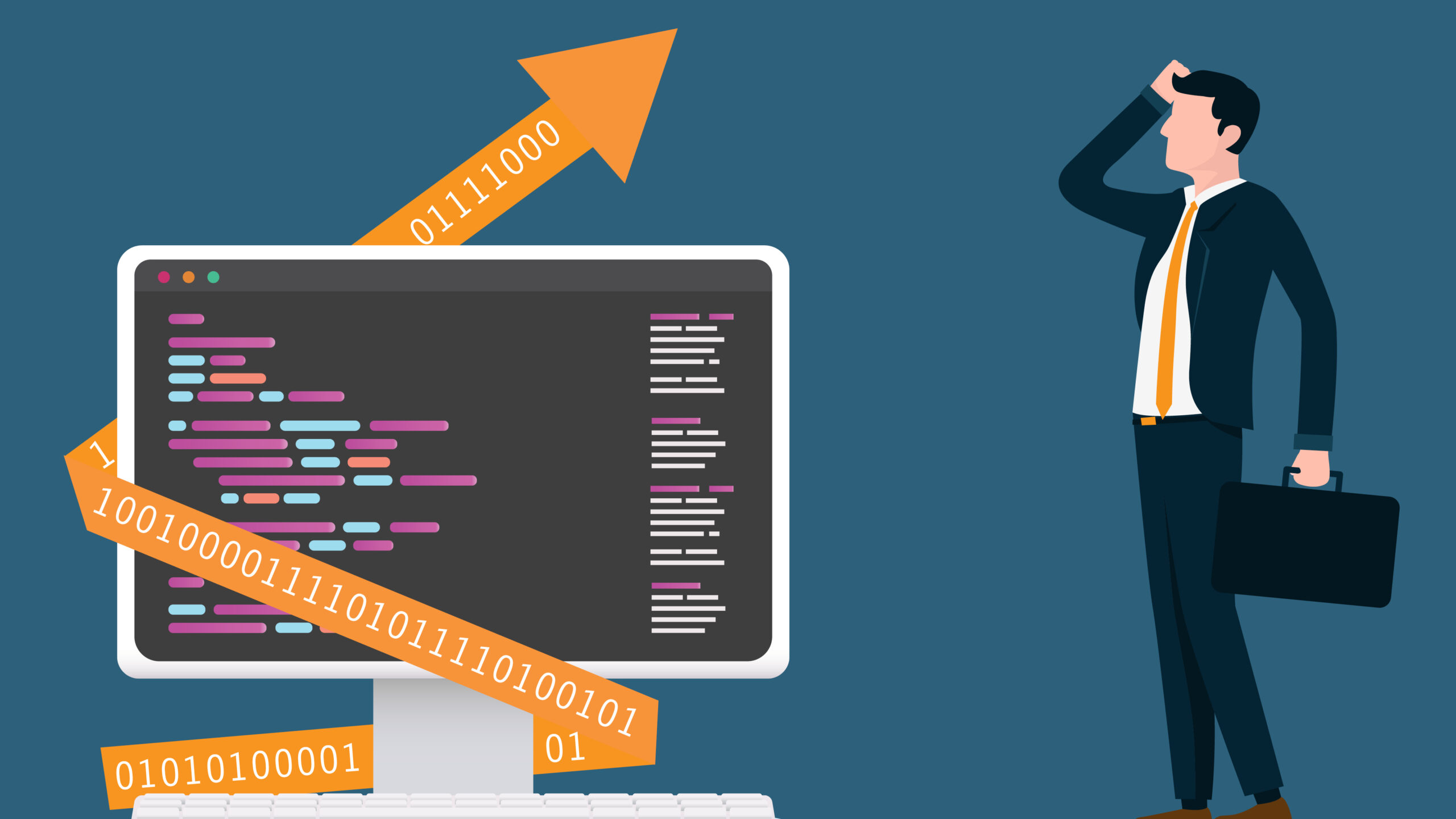As the world of cloud computing evolves, new methodologies emerge to enhance efficiency and scalability. One such methodology gaining widespread popularity is Infrastructure as Code, (IaC). This approach, with origins in DevOps, allows modern enterprises to manage and provision their cloud infrastructure through code, reducing manual intervention and accelerating application development and deployment.
The rise of IaC has been rapid. According to the 2023 State of Infrastructure as Code survey, 90% of cloud respondents report using IaC. MarketsandMarkets projects that the global IaC market will grow at an impressive rate, reaching $2.3 billion by 2027, with a CAGR growth rate of 24%.
The Importance of Resource Tagging
While IaC offers numerous benefits, it’s crucial for enterprises to recognize its limitations when it comes to resource tagging. Complete resource tagging is essential for maximizing cloud benefits, ensuring cost optimization, and enabling FinOps practices. While IaC does provide a way to add prescribed tags to cloud resources through a few lines of code, it falls short of delivering the comprehensive resource tagging needed for optimal cloud performance as it will not cover all cloud resources.
Complete resource tagging, on the other hand, provides a powerful means to effectively categorize and organize cloud resources based on specific criteria. By adding customized tags according to project, environment, owner, or any other relevant category, resource tagging empowers better resource grouping, access control, cost management, and resource management.
The Visibility Issue
Lack of visibility is the number one issue when relying solely on IaC for the optimization of your resource tagging in the cloud environment. With IaC alone, obtaining clear insights into resources becomes challenging. This lack of visibility leads to unexpected surprises for users, as they remain unaware of resources that may significantly impact cost, reliability, and security. You cannot manage what you cannot see.
In contrast, the visibility gained through complete resource tagging unlocks features not achievable by IaC. These include:
- Custom categorization: Resource tagging visibility allows for flexible and customized categorization of resources, capturing information beyond what is covered by IaC definitions
- Cost Management: Resource tagging visibility facilitates the allocation of resource costs to specific projects or departments, aiding in cost optimization, budgeting, and FinOps
- Access control: Resource tagging visibility enables the implementation of tags to define resource ownership or project affiliation, allowing for more granular access policies based on specific tags
The Best of Both: IaC + Tag Manager
To achieve the best of both worlds, enterprises can combine IaC with CloudSaver Tag Manager, a powerful SaaS solution that seamlessly integrates with IaC and is designed to optimize resource tagging on a scale needed by cloud organizations.
- Unlike IaC, Tag Manager actively monitors the health of tags and provides complete visibility into the entire environment, identifying any tagging needs that might have been missed
- Tag Manager offers multi-cloud, multi-platform functionality, enabling consistent tagging across different environments with single display visibility, even across stacks or cloud service providers
- Tag Manager avoids inconsistencies and drift by providing a central and standardized approach to tagging, preventing syntax errors and ensuring comprehensive coverage
- Tag Manager complements IaC by reaching resources that IaC does not cover entirely and offering the flexibility to meet specific tagging requirements as well as tag remediation without the need for a complete IaC redeployment
- Resource tagging with Tag Manager enhances access control, permission management, reporting, and analysis, surpassing IaC in strengthening security
- With Tag Manager, enterprises can generate custom reports, perform analysis based on different parameters, and extract valuable information about resource usage, costs and performance by filtering and aggregating resources using associated tags
- Tag Manager offers integration of resource tags with other cloud services, opening a world of possibilities for billing alerts, automation workflows, and custom policies through platforms like AWS or Azure
Conclusion
While IaC is an effective DevOps tool, it should not be relied upon for resource tagging needs. Although IaC can handle resource tagging to some extent, it comes with limitations that Tag Manager effectively overcomes. IaC defines, provisions, and manages your infrastructure, while resource tagging through Tag Manager complements it by boosting cloud performance and organizational capabilities. The combination of IaC and CloudSaver Tag Manager provides a comprehensive and robust approach to cloud management. Activating full resource tagging is the key to unlocking the true capabilities of your cloud environment and staying ahead in the dynamic world of cloud computing.
